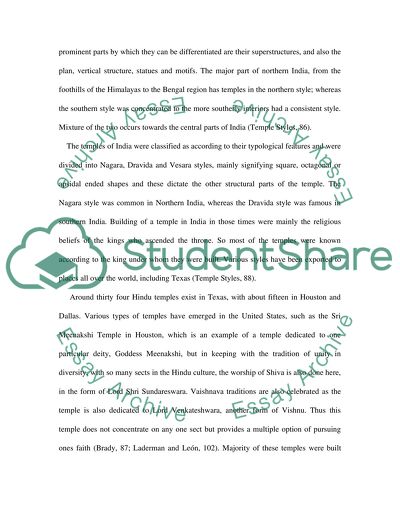Cite this document
(“Hindu Tradition Christian Thought Greek Philosophy Research Paper”, n.d.)
Retrieved de https://studentshare.org/religion-and-theology/1391885-hindu-tradition-christian-thought-greek-philosophy
Retrieved de https://studentshare.org/religion-and-theology/1391885-hindu-tradition-christian-thought-greek-philosophy
(Hindu Tradition Christian Thought Greek Philosophy Research Paper)
https://studentshare.org/religion-and-theology/1391885-hindu-tradition-christian-thought-greek-philosophy.
https://studentshare.org/religion-and-theology/1391885-hindu-tradition-christian-thought-greek-philosophy.
“Hindu Tradition Christian Thought Greek Philosophy Research Paper”, n.d. https://studentshare.org/religion-and-theology/1391885-hindu-tradition-christian-thought-greek-philosophy.


